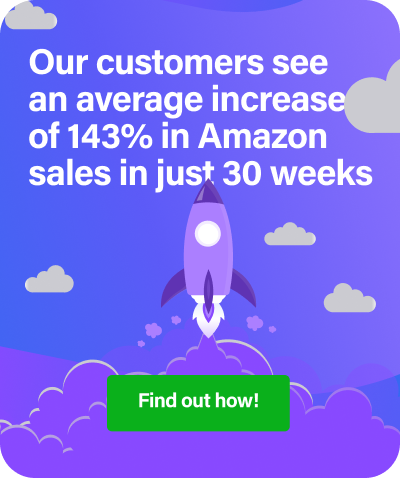If you’ve ever wanted the quickest and easiest trick of increasing the profit of your Amazon business, RepricerExpress is finally ready to let its readers in on the secret. Because when the equation for high profits is as simple as ‘demand’ + ‘profit margin’, the way to get there is, too. That is, of course, is you’re dedicated to understanding every part as thoroughly as possible.
Getting a Pulse for How Much Demand There is for Your Products
Generally, the easiest and simplest way of knowing how in-demand your products are is how much of them are being sold. Remember every time Apple rolls out a new iPhone and there are people lined up for days to get one? That’s because demand is pretty high.
Unfortunately, you’re probably not going to soar to the same heights as the iPhone, so you’ve got to look at other ways in sussing out just how much demand there is for what you’re selling. So, you can use some of these tools instead to gauge interest.
- Google Keyword Planner Tool: Everyone who buys your product will have had to first search for it, and this tool can show you how many eyeballs have landed on your product pages. If that number isn’t where you’d like it to be, Google Keyword Planner is a good place to get a hard look at what is and isn’t working.
- Online marketplaces: We consistently preach the value of seeing what your competitors are doing, and searching for your product is an excellent way to see how much it’s saturating the market. If you turn up pages and pages of hits for something you’re selling, chances are demand is high because sellers see value in stocking up on it. But if you only turn up a couple of hits, then you’re likely dealing with a fringe, niche or not terribly-in-demand item.
- Amazon Sales Rank: While you’re still browsing on Amazon, here’s another neat little tool to help you gauge how in-demand an item is. It’s the Amazon Sales Ranks, and it can provide a cool snapshot of when the item was last sold. If that figure is constantly getting updated to a low (re: single-digit) number, then you can bet it’s being sold frequently.
- Buyer reviews: It’s a fairly simple correlation — the more reviews a product has, the more shoppers and buyers it also tends to have. This isn’t a hard-and-fast rule, as you can have an incredibly popular product with the proportional number of reviews numbering in the low percentage points, but even something with thousands or tens of thousands of reviews is something lofty to shoot for.
Related reading: 12 Great Amazon FBA Tools for sellers
Turning Interest Into Sales
Once you’ve ascertained how hungry the market is for your product, the next question is where you get said item from. Essentially, you can go at it three different ways, with each source representing a different kind of profit margin.
- Making It Yourself: If you manufacture an item, then you have ultimate control over how your profit margins look. It’s totally up to you to decide how and when the product gets made, and you don’t have to compete with many middlemen. Although you’ll have to deal with overhead to stock the items, you should be looking at a profit margin of 50-80%.
- Wholesaling: Buying things in bulk from suppliers is an easy and fairly stress-free approach, as they’ve already taken care of manufacturing the items and all you have to do is buy them. The profit margin isn’t as high (about 40-50%), but you do tend to get a cheaper price the more in bulk you purchase.
- Drop Shipping: This venture won’t net you much profit margin (about 20%), but it also means you don’t have to deal with the product much at all. If a buyer places an order, you notify the actual seller (you act as sort of a go-between) and they take care of sending the product to the buyer. But it’s also probably the least stressful and work-involved method of selling, and can be fantastic if you want to make a little bit of extra coin to pad your coffers. We wouldn’t recommend using this method as the only one, though.
Related reading: The Pros and Cons of Dropshipping


